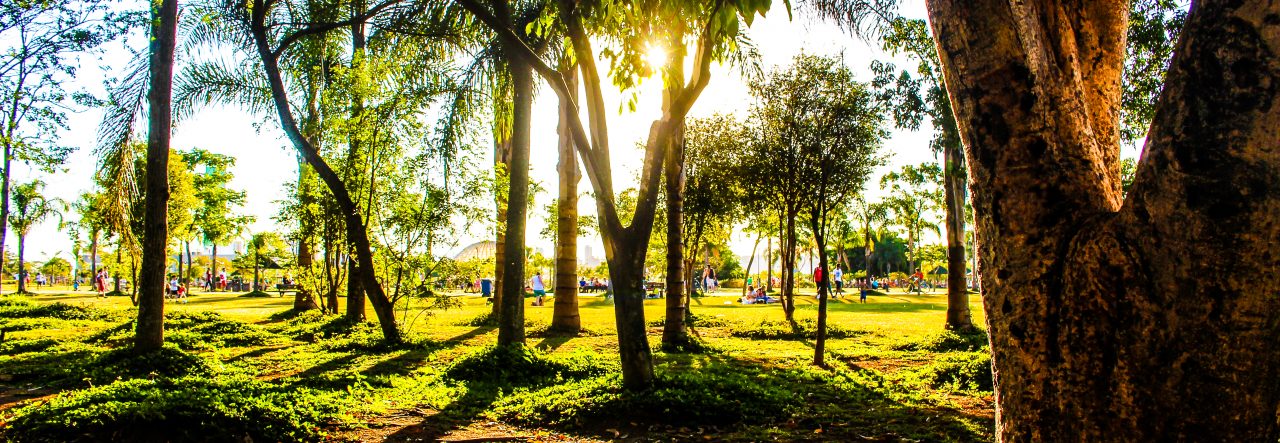Today another of Joshua’s friends, Harry, came in with 12 acres for us to use now for an interplanting demonstration. He has access to another 20 or so acres but wants to see how we do with the first 12. Joshua is very conservative about using other people’s land. The lease is just for 3 years and in this case he will give us verbal agreement to renew for another 2 years. Josua feels with his friend that he will honor his word, but does not trust “just anyone”. The legal system does not work well. Fortunately a lot of these areas already have trees so it is not a matter of waiting for the trees to mature. The main problem is not other people using the land but the possibility of selling the land if they need the money. Land is worth around 10,000 an acre here with water.
Some of Harry’s land is planted in what they call country coconuts. These are the old time coconuts that are for coconut meat. The new breeds of coconuts are for the coconut water that is mainly exported . They harvest the coconuts before the meat develops as the meat takes away from the juice. Anyway the country coconuts grow well without chemicals and the tender coconuts need a lot of spraying, water, etc. We have a friend who grows them organically though it is a lot harder than country coconuts. 6 acres is in tamarind and what they call cotton trees. This is dry land farming. The sooner we can demonstrate that the interplants actually help the trees rather than as the chemical advisers tell them, everything in the plantation except the trees at their proper spacing takes away from the trees. Why they ever bought this I have no idea as all the old ways involved interplanting. I guess they just wanted more yields and decided to do whatever they were told. Again I cannot understand why when it did not work, they kept at it. Although of course I understand that if the chemical consultants told them they did something wrong and it they would do it right it would all work. We will use medicinal herbs and some vegetables, maybe potatoes for the dry land area. The other 6 acres has water and is planted in country coconuts and has been organic for 2 years. We want to work with the existing farmers and see if they are willing to learn our methods and to keep on farming the land. We shall see how this goes. Harry said that he would not allow us to plant cashew trees as folks around here are taking them out as they believe they decrease the water and no one wants to have any less water. He also has a ½ acre area we can use for a nursery with good water that is about 9 km from here (bicycling distance).
There was a dam up in Kerala which used to feed irrigation systems here in the Theni. They cut that off about a month ago. Babu showed us as we were driving around several days ago where the rice is dying without water (many, many acres of rice). I think this is so that they can rebuild the dam but am not sure. Still it is a bad time to cut the water in the middle of the rice crop. (I also read that they do 3 crops of rice a year here and maybe it is always in the middle of a rice crop.) The low land areas where they grow rice work well for rice crops without a lot of additional water in the monsoon times. Now folks are growing 3 crops a year to meet the rice demand.
It is a miracle being given some land to use that already has a reservoir on it. I talked about this in the last blog, but the miracle of it for the purposes of a demonstrating water conservation project did not really occur to me. Also not having to raise the thousands of dollars to build the project is a great gift.
